Why we’re renewing our love affair with traditional bathrooms
Modern bathroom design has thrown the baby out with the bathwater, says Giles Kime – but the classical fittings we used to love are making a comeback.
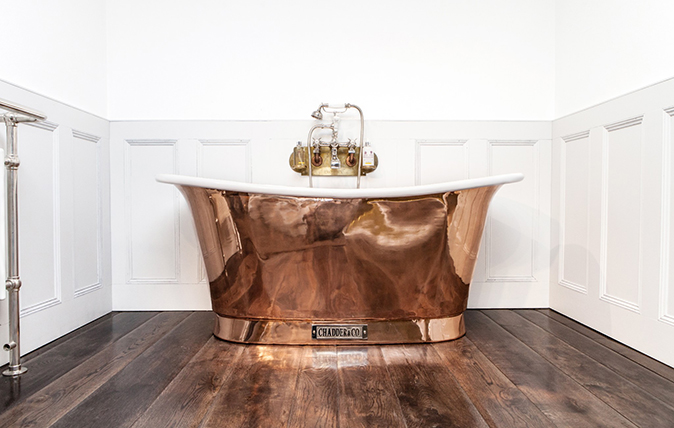

Because many Modernist designers like a room to resemble a cross between a science lab and a Buddhist monastery, they set out to eradicate anything that will disrupt the glacial look they love so much (repeating, under their breath, the words ‘less is more’ like some grim, dystopian mantra).
In the kitchen, this means hobs have been reduced to black squares of glass, with doors devoid of handles and kettles that are replaced with taps that emit water at the press of a lever. In the bathroom, it’s spawned discreet buttons that have taken the place of loo handles, cisterns that have been buried in the wall and square baths that are ergonomically unsuited to the not remotely square human form.
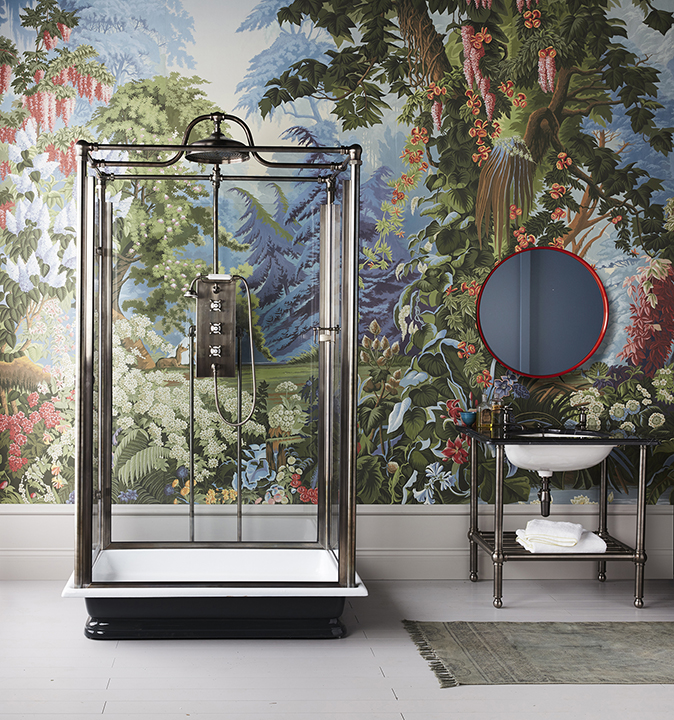
The problem is that the process creates rooms that are pared back so relentlessly that they have all the aesthetic charm of an abattoir.
Thankfully, the Modernist revolution has been succeeded by a counter-revolution, led by plucky aesthetic rebels who have made a stand against the sensory deprivation enforced by the chilly hand of Minimalism. In bathroom design, this new spirit is manifesting itself in the popularity of baths, loos, cisterns and showers that take their inspiration from the past.
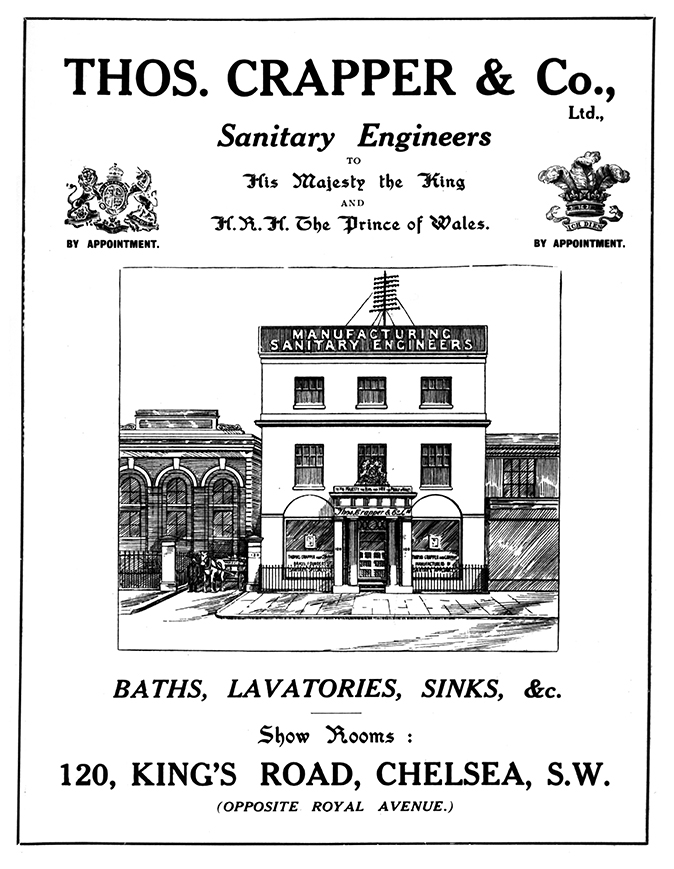
It’s a testament to the enduring appeal of Victorian-style plumbing that it can still be bought from an actual Victorian business, Thomas Crapper, which first opened the doors of its showroom on the King’s Road in Chelsea in 1870 and later gained its first Royal Warrant for supplying the plumbing (including 30 loos) for the future Edward VII at Sandringham. Other than a renewed interest in Victorian and Edwardian designs, the big stylistic growth area in bathrooms is Art Deco, a look that offers a glossy, Claridge’s-style glamour that’s hard to resist.
There’s no doubting the character and comfort that classic bathroom fittings lend to a space when compared to the chilly look of the contemporary alternative, yet the revival of interest in classic plumbing is less about nostalgia and more about quality.
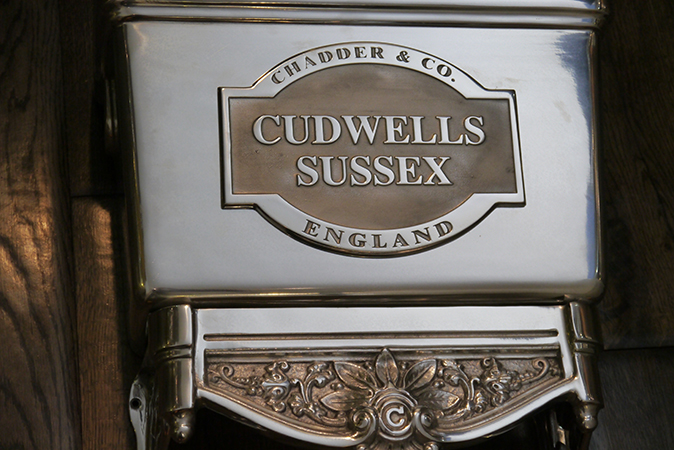
The robust functionality of properly made traditional fittings make them a pleasure to use. Drummonds, Devon & Devon, Samuel Heath, Chadder, The Water Monopoly and C. P. Hart are sources of a wide range of options, from Victorian and Edwardian to Art Deco and mid century, many made using time-honoured techniques. None of the designs has a hard edge or handle-free drawer among them.
Sign up for the Country Life Newsletter
Exquisite houses, the beauty of Nature, and how to get the most from your life, straight to your inbox.
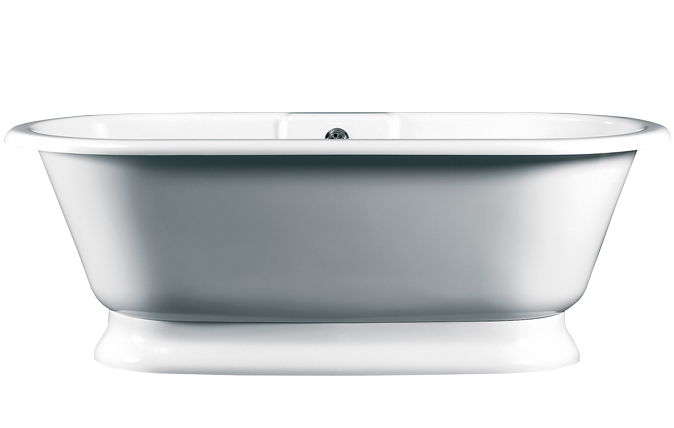
8 beautiful bathroom accessories
Create the perfect bathroom with these stylish accessories.
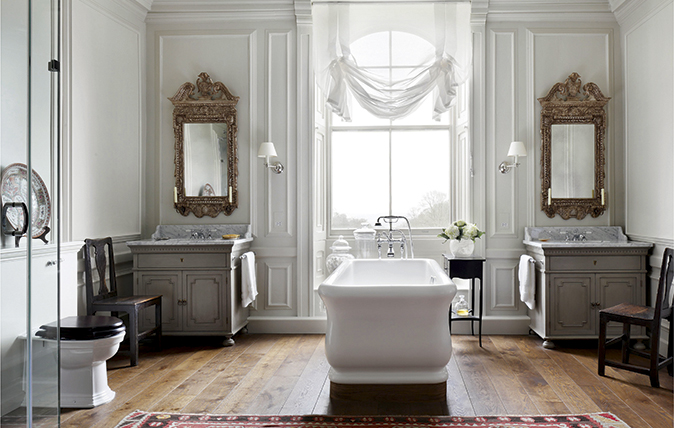
Period bathroom ideas
A look into how an interior designer achieves a certain look or atmosphere. This week: the period bathroom.
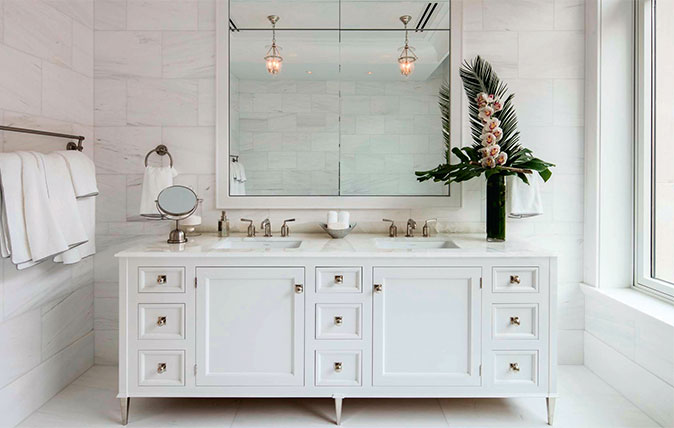
The surprising secret of marital harmony: not two bathrooms, but two basins
Michael Caine swears by separate bathrooms. You don't need to go quite so far, says Giles Kime.
-
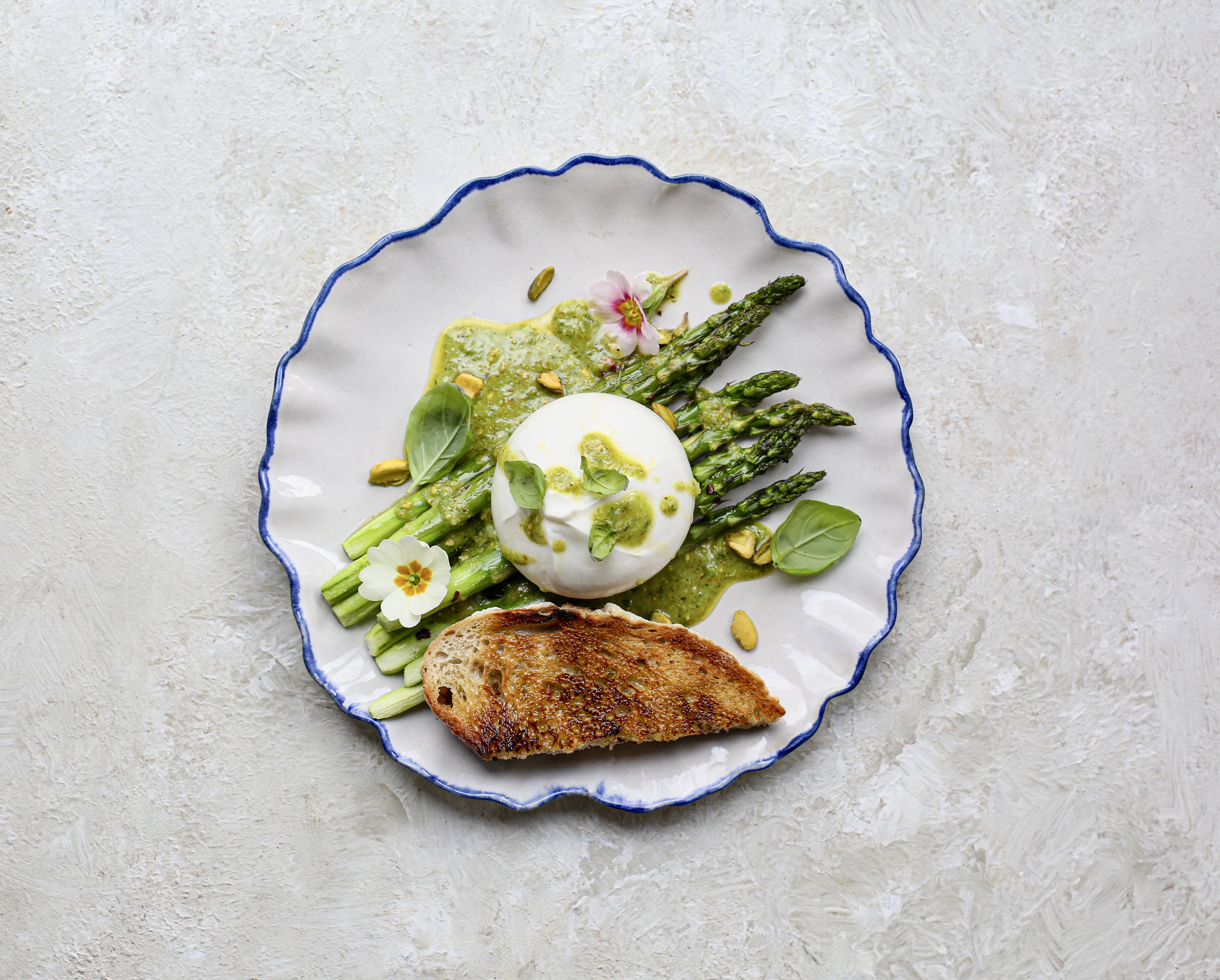 Two quick and easy seasonal asparagus recipes to try this Easter Weekend
Two quick and easy seasonal asparagus recipes to try this Easter WeekendAsparagus has royal roots — it was once a favourite of Madame de Pompadour.
By Melanie Johnson
-
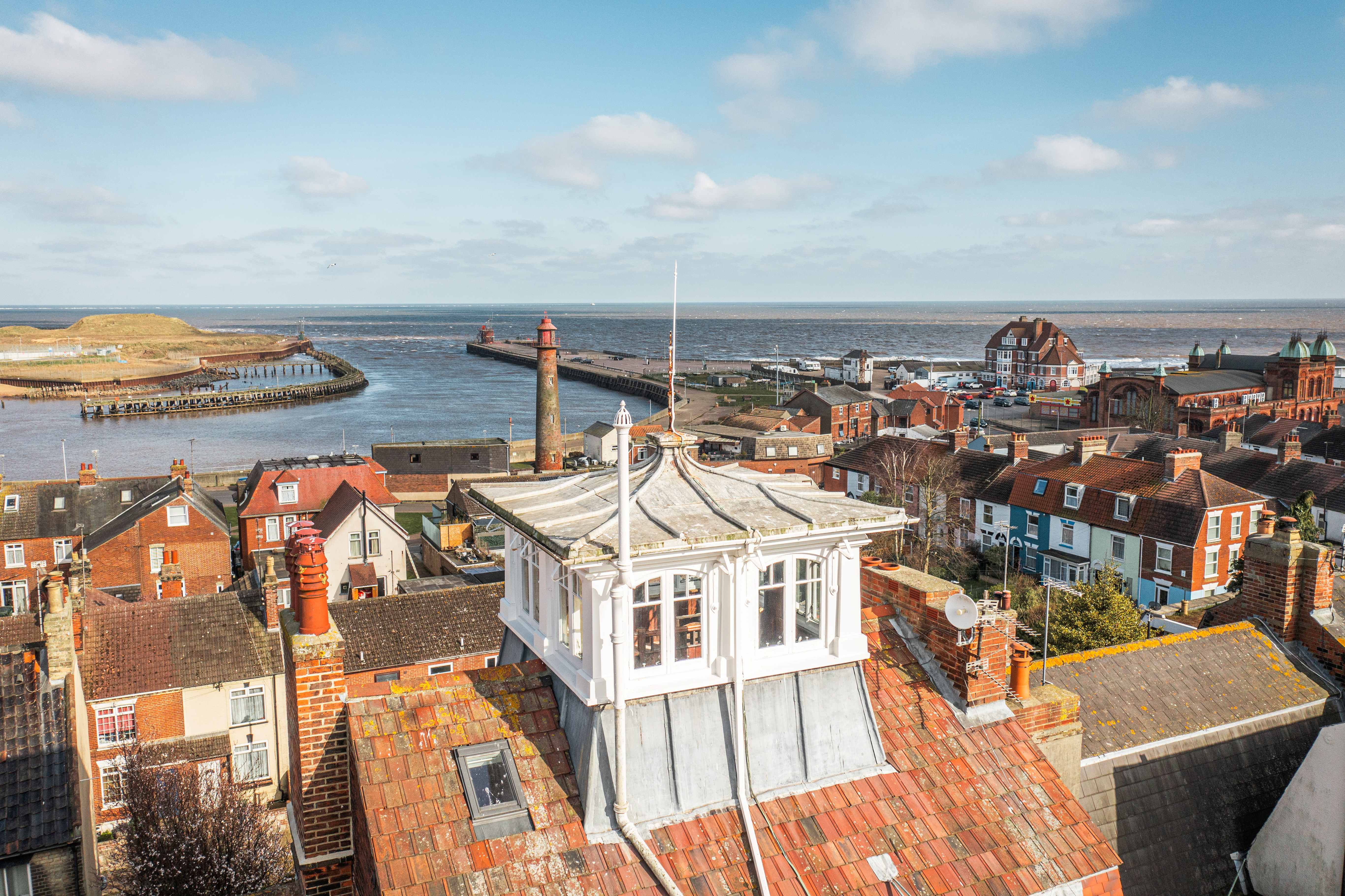 Sip tea and laugh at your neighbours in this seaside Norfolk home with a watchtower
Sip tea and laugh at your neighbours in this seaside Norfolk home with a watchtowerOn Cliff Hill in Gorleston, one home is taller than all the others. It could be yours.
By James Fisher
-
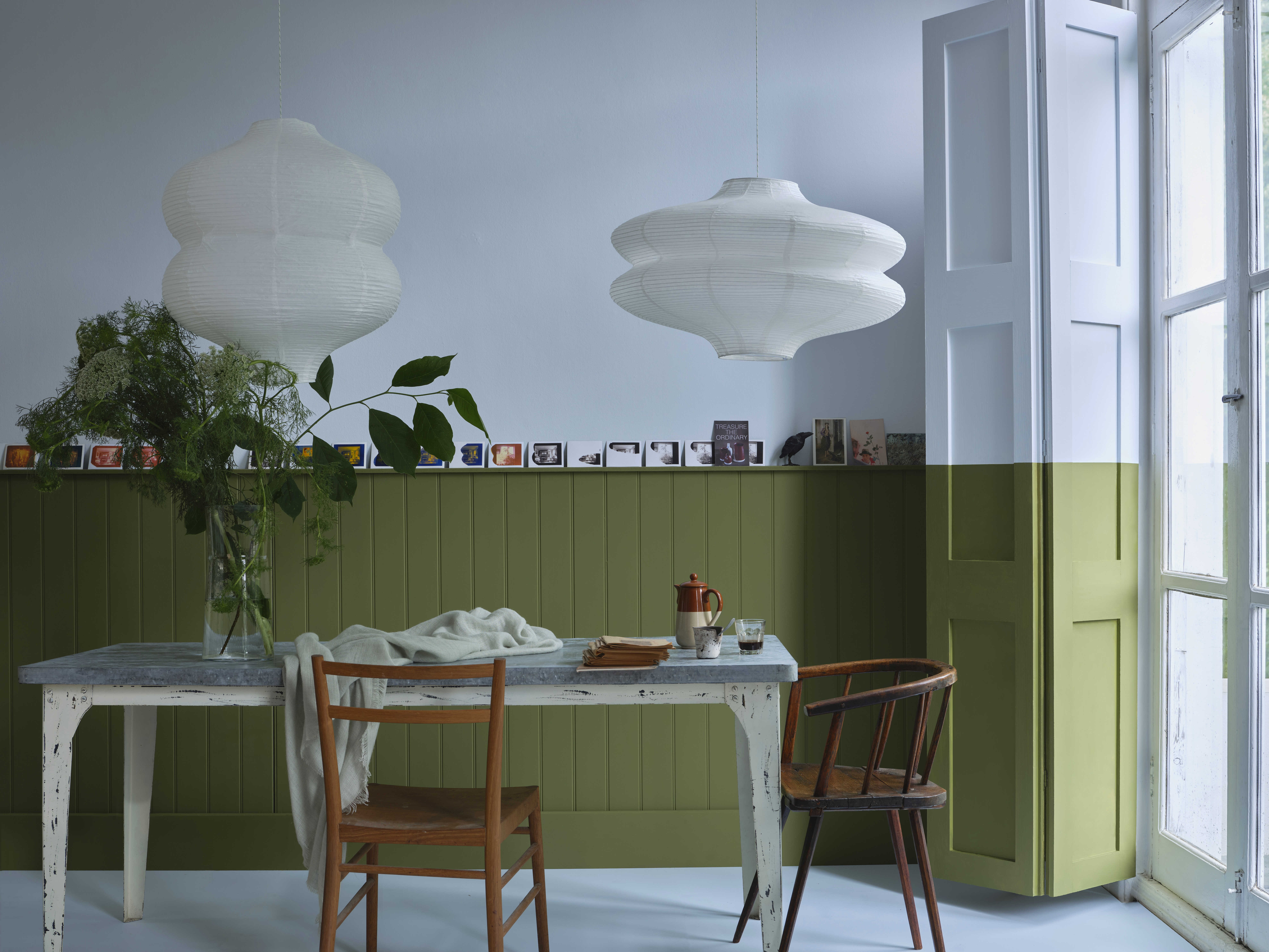 John Sutcliffe — The man, the myth and the paint-naming legend behind Dead Salmon and Elephant's Breath
John Sutcliffe — The man, the myth and the paint-naming legend behind Dead Salmon and Elephant's BreathBy Carla Passino
-
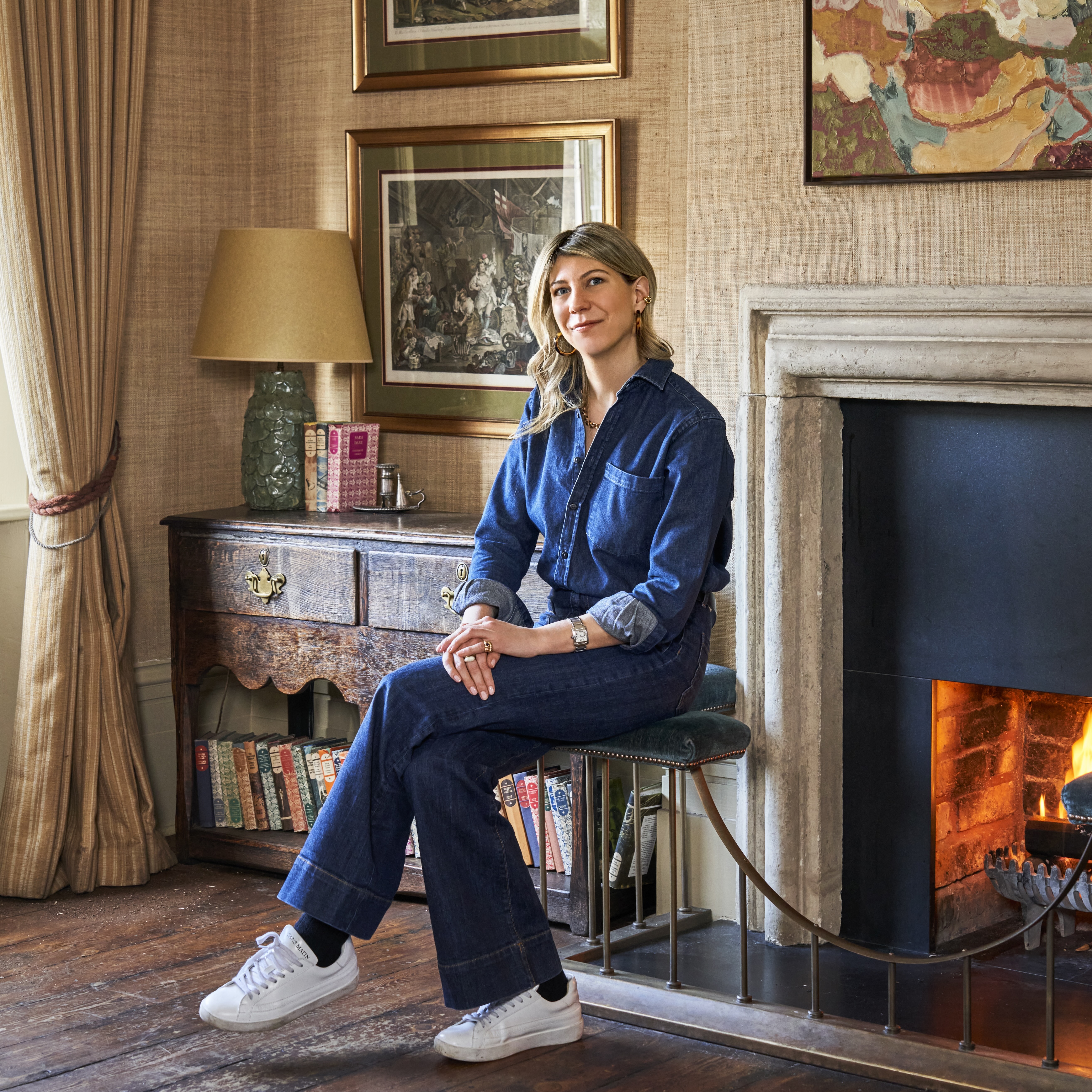 The power of the youthful gaze: A new generation tackles modern day design conundrums
The power of the youthful gaze: A new generation tackles modern day design conundrumsHow is a new generation of interior designers responding to changing lifestyles, proliferating choice, the challenges of sustainability and the tireless demands of social media?
By Arabella Youens
-
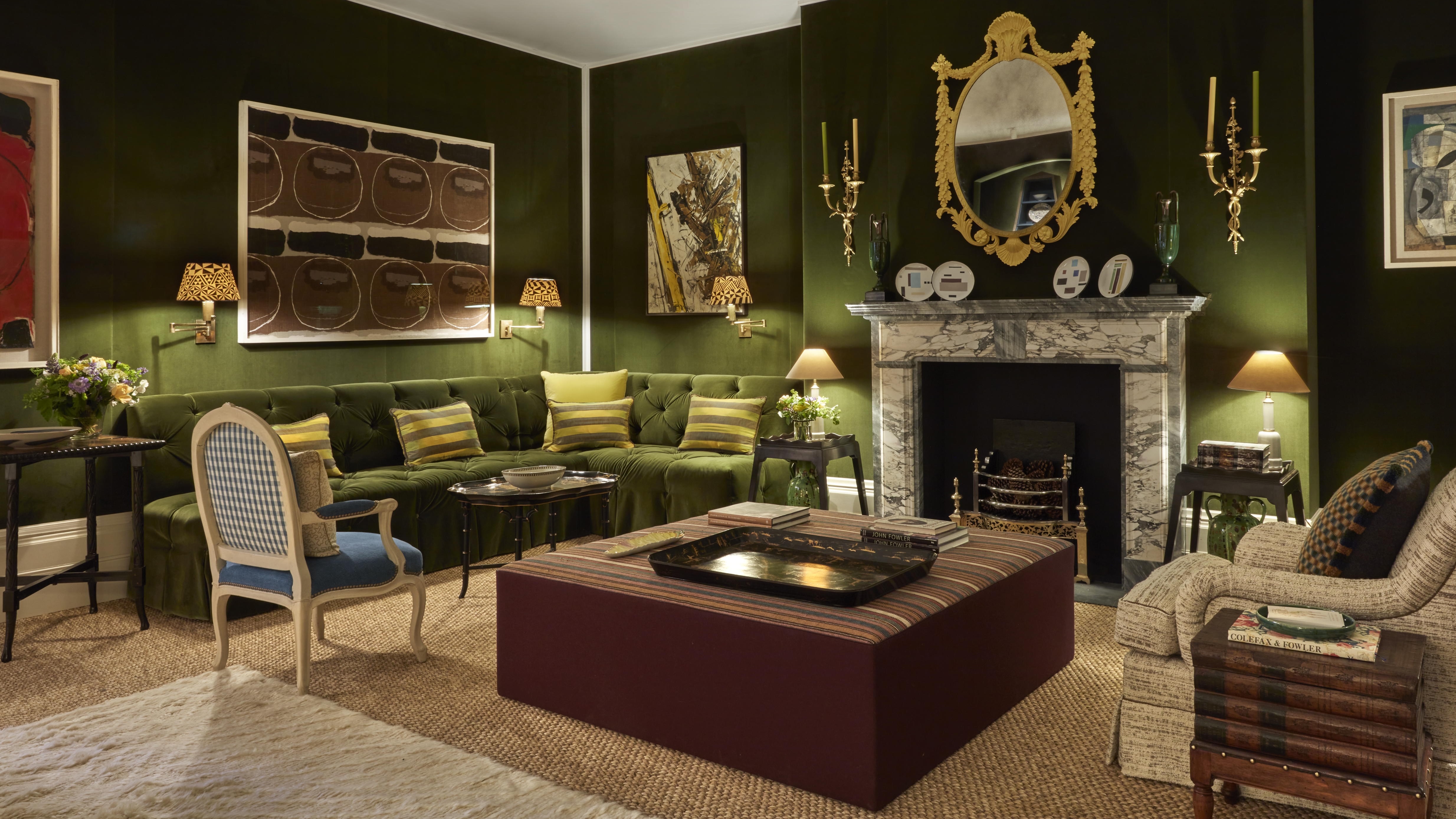 'Rooms can be theatrical and comfortable at the same time': Top tips for decorating with conversation in mind
'Rooms can be theatrical and comfortable at the same time': Top tips for decorating with conversation in mindCarefully placed furniture encourages conversations, says Emma Burns, of Sibyl Colefax & Fowler
By Country Life
-
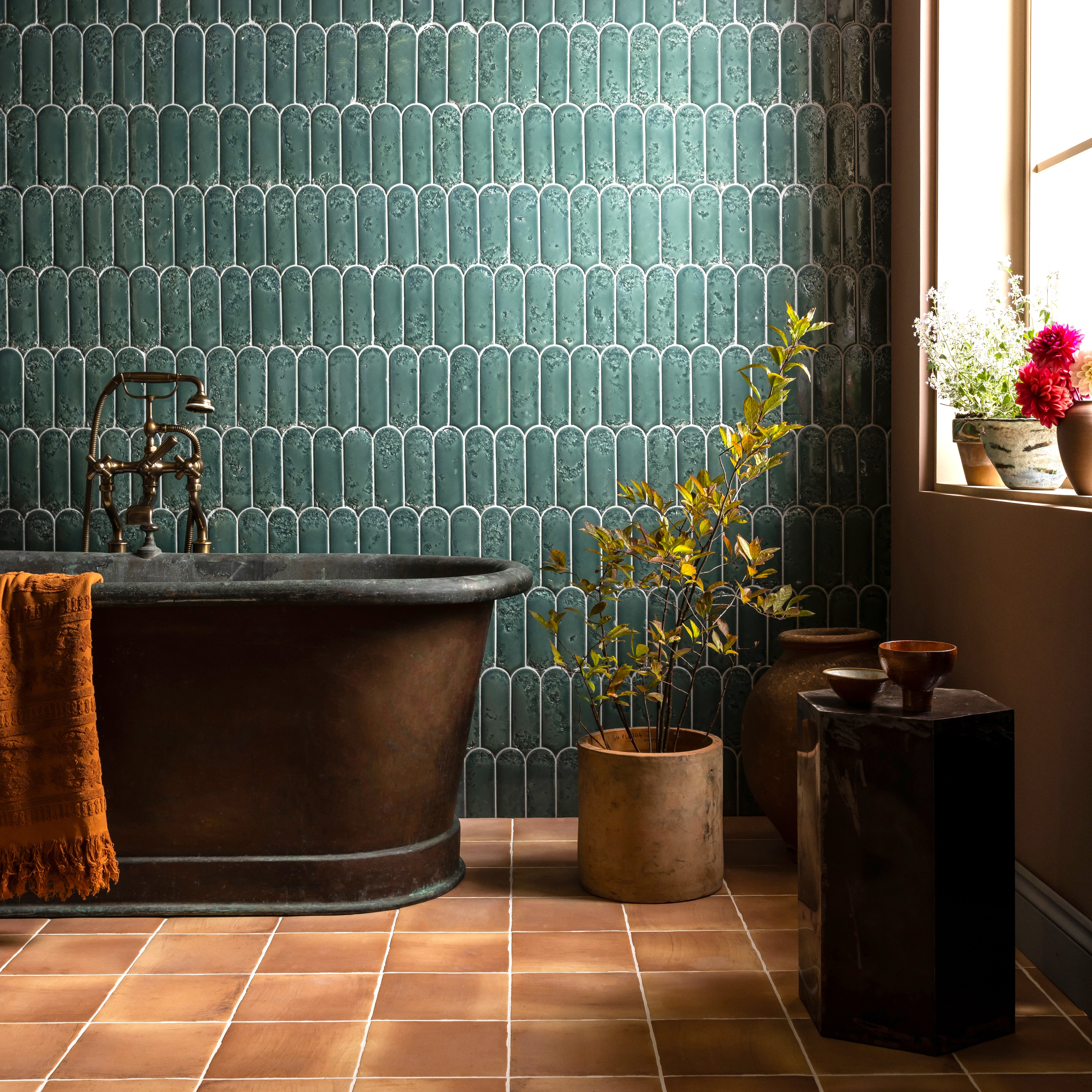 A tub carved from a single block of San Marino marble — and nine more beautiful things for the ultimate bathroom
A tub carved from a single block of San Marino marble — and nine more beautiful things for the ultimate bathroomThere's a bathroom out there for everyone — whatever your preferred style.
By Amelia Thorpe
-
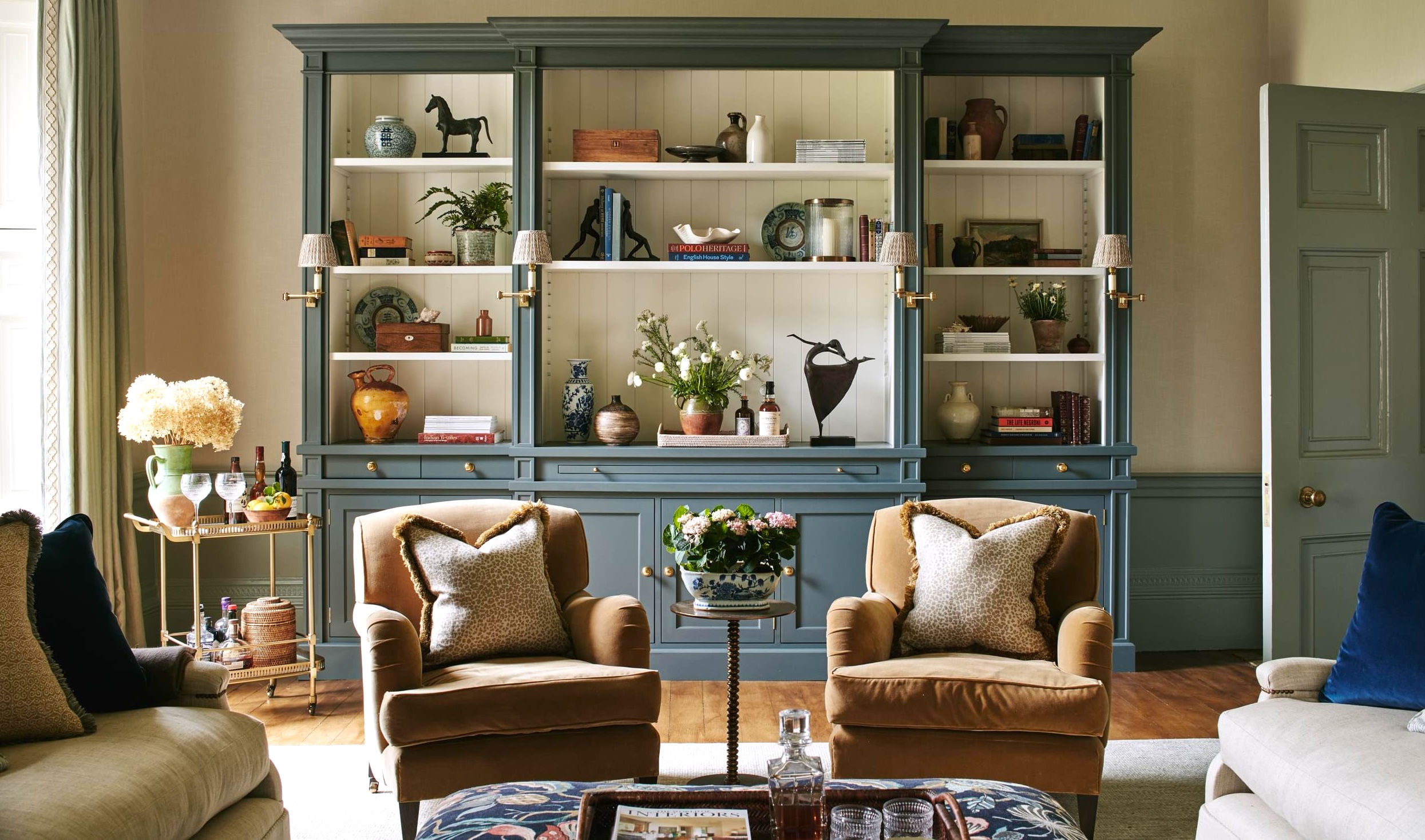 In search of the perfect comfy armchair
In search of the perfect comfy armchairWhat makes the ideal cosy, comfortable armchair? Arabella Youens asks some of Britain's top furniture experts to find out.
By Arabella Youens
-
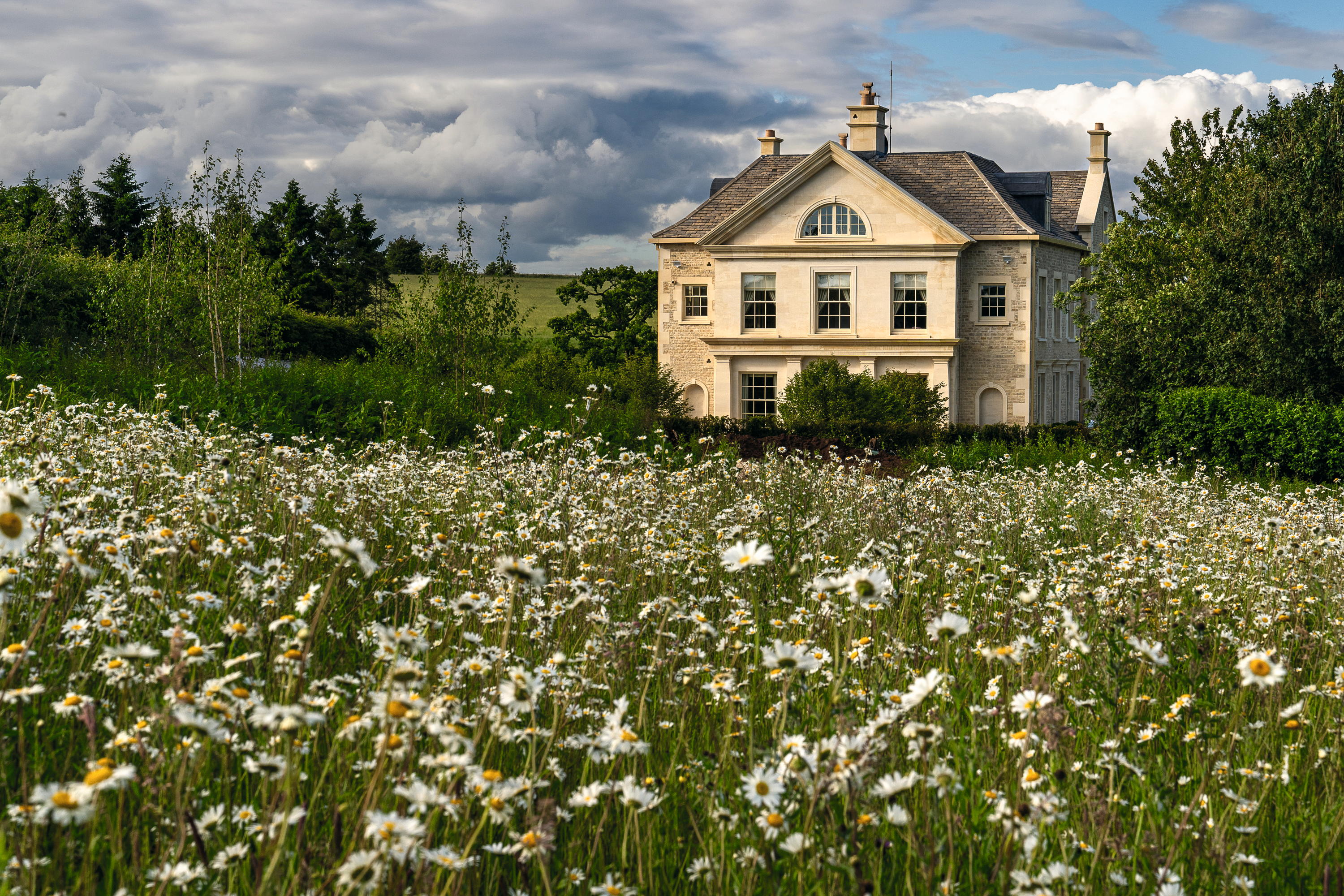 All the new entries in the Country Life Top 100 for 2025
All the new entries in the Country Life Top 100 for 2025Each year, our Country Life Top 100 is completely revised and updated — and several new names appear.
By Country Life
-
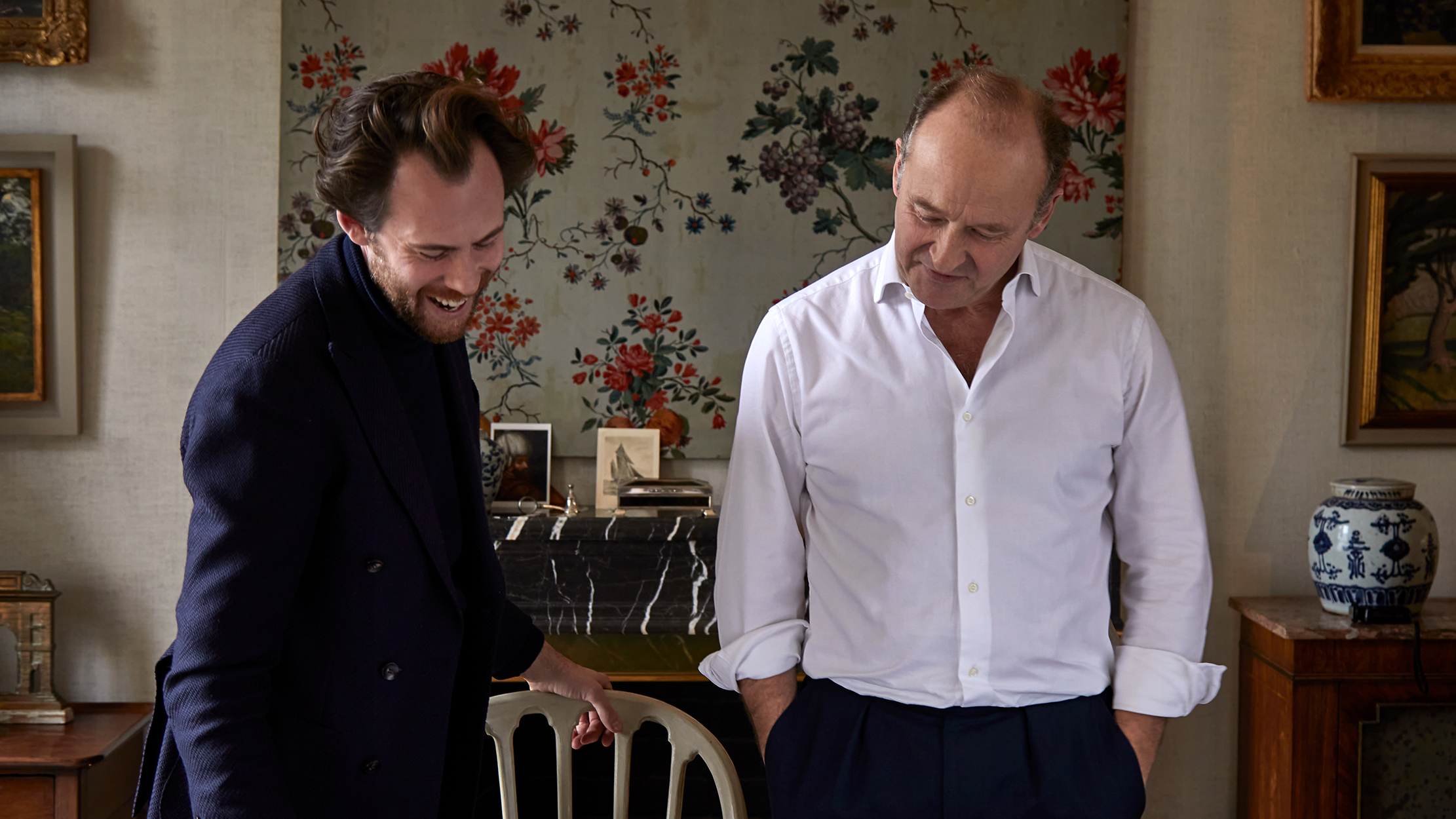 The timeless elegance of English country house style, with Guy Goodfellow and Steven Rodel
The timeless elegance of English country house style, with Guy Goodfellow and Steven RodelTwo of Britain's top interior designers share their wisdom with James Fisher on the Country Life Podcast.
By James Fisher
-
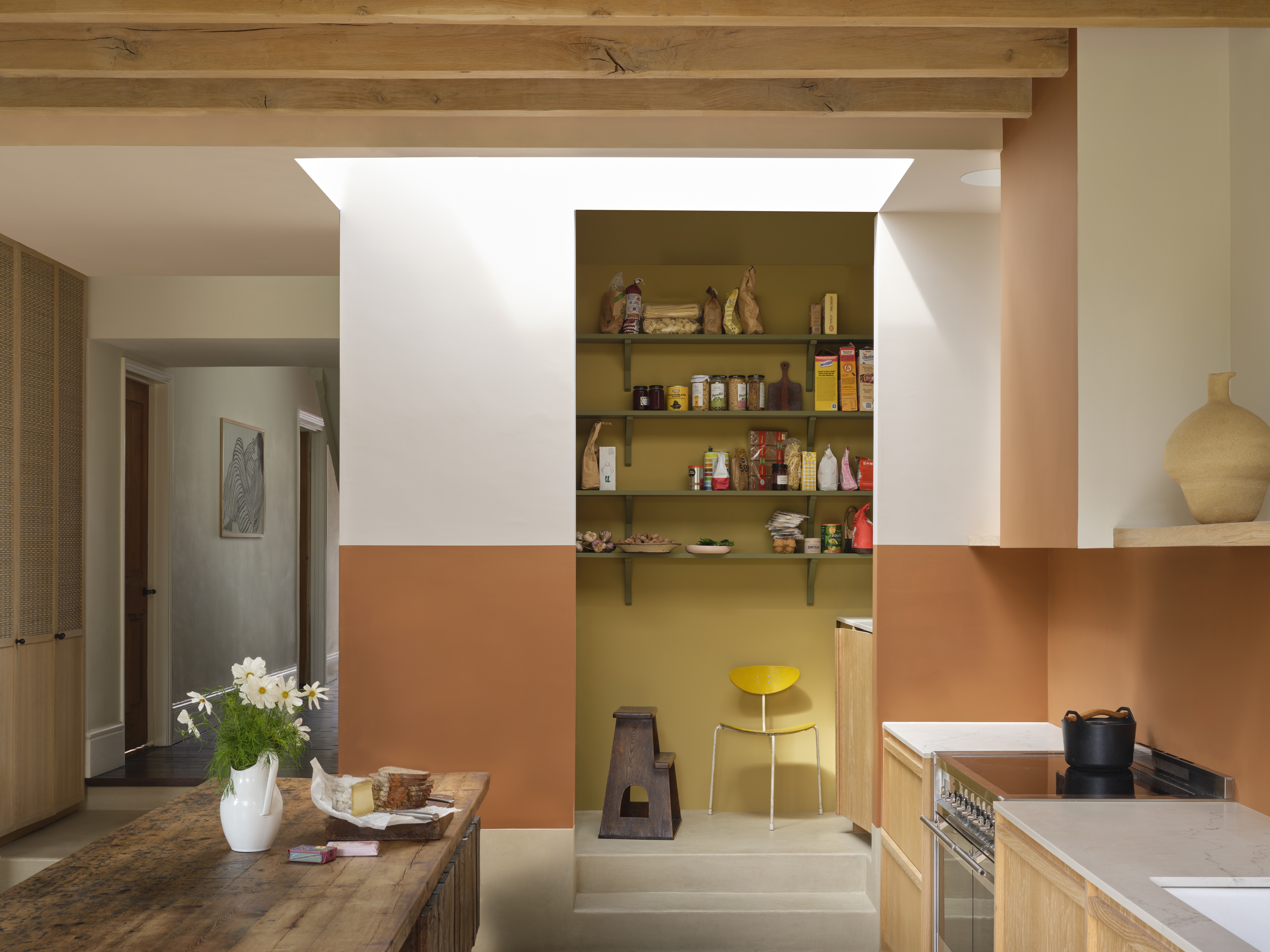 Dawn Chorus: Meet Farrow & Ball’s new paint colours, shop the must-have hotel merchandise and find out what Tom Parker Bowles likes to order from Greggs
Dawn Chorus: Meet Farrow & Ball’s new paint colours, shop the must-have hotel merchandise and find out what Tom Parker Bowles likes to order from GreggsIt’s time to redecorate because paint connoisseurs Farrow & Ball have added 12 new colours to their palette.
By Rosie Paterson